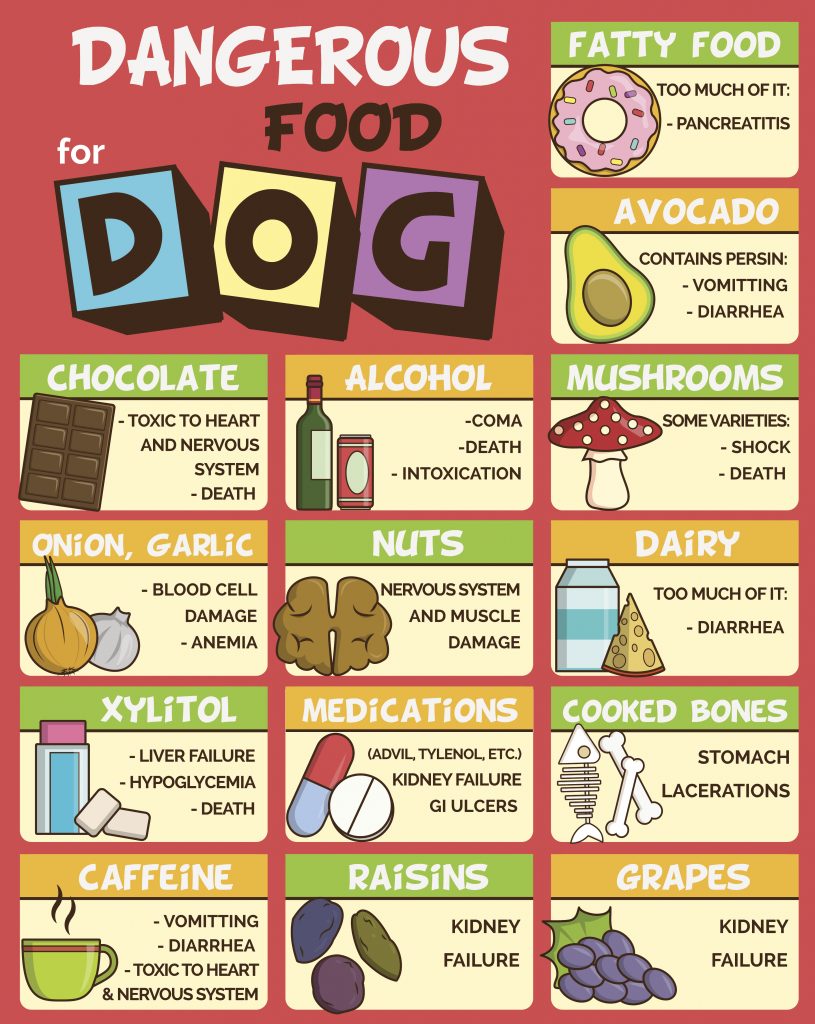Poisoning is the #1 cause of injury-related death in the US.
Your pets are at risk for poison too. ASPCA’s Animal Poison Control Center, receives hundreds of thousands of calls each year from pet owners concerned about poisons.
In honor of Poison Prevention Week (March 18th through March 24th) we want to give you some tips on how to spot signs of poison in your cat or dog. (If you want to know which materials to avoid or keep an eye on, you can check out our blog post on dangerous household materials.)
Both cats and dogs are more likely to ingest poison from something they ate and the biggest sources of poison come from human food (especially chocolate), human medication, lilies, and xylitol.
In cats, symptoms of poison include:
• Drooling,
• Vomiting,
• Loss of Appetite,
• Pare/Yellow Gums,
• Diarrhea,
• Excessive Thirst,
• Excessive Urination,
• Lethargy,
• Muscle Tremors,
• Seizures,
• And Coma.
Alternatively, the common symptoms for dogs are:
• Nosebleeds,
• Vomiting,
• Diarrhea,
• Lethargy,
• Loss of Appetite,
• Blood in the Stool,
• Inability to Urinate,
• Bruising,
• Irregular Heartbeat,
• And Seizures.
While these are signs of poisoning, they can also be symptoms of other diseases.
If you know or suspect your pet has ingested something toxic, but is not showing any signs, you should call the Pet Poison Helpline (800-213-6680), your local poison hotline, and your veterinarian.
If your pet is displaying symptoms, take them to the ER or vet immediately.
We suggest keeping a “go-to” kit ready in case of all pet emergencies. This could include basic first aid supplies such as bandages, an ice pack, scissors, alcohol wipes, rubber gloves, a dosage syringe, household hydrogen peroxide, and food; your kit could be a box inside of your pet’s kennel/cage.
If you choose to bring a cage, include an extra blanket and leash. Additionally, make sure you have all relevant information, such as your usual vet’s phone number, your pet’s microchip number, and health records including vaccinations. Having a to-go kit allows for quicker departure time and being able to get your pet help sooner.
You might be advised to administer the hydrogen peroxide to help induce vomiting. We encourage you to only do so after consulting with a vet or a poison control specialist. It can be dangerous if you don’t follow the right steps or if you induce vomiting with the wrong items.
We do not recommend trying any at home procedures. These home remedies often contradict what veterinarians or poison specialists would do and take away valuable time that could be used to help your pet. And unfortunately, a lot of home remedies are actually more dangerous for your pet. We find that it is better to be safe than sorry when it comes to your pets.
We want to emphasize again to call your vet and poison control any time your pet ingests something that is potentially toxic. You should never wait to see if your pet is sick; doing so could waste valuable time. If you wait it could be too late to save your pet.


